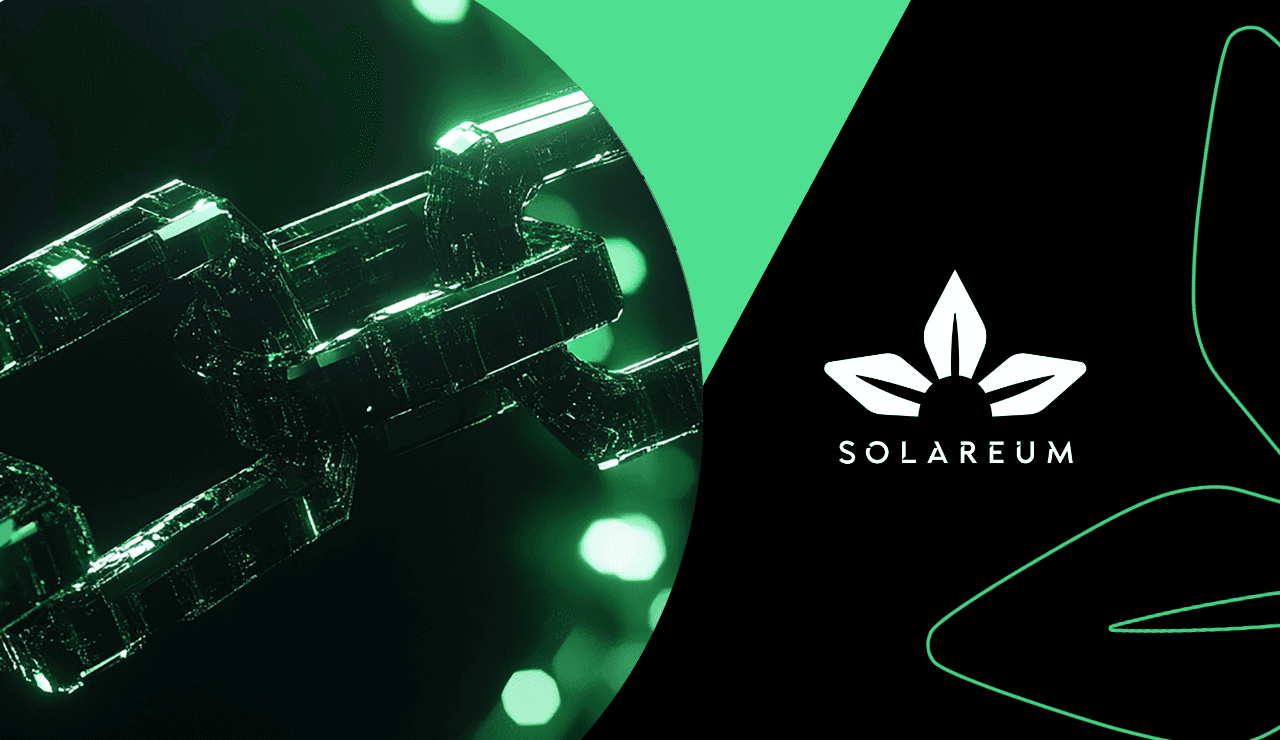News From Solareum
Search From Blog
I've been discussing a "contract change" for a while now, and it's time to explain what this means for everyone.
Let's start with a bit of background. Solareum was launched in April 2023 after extensive pre-planning, tuning of tokenomics, fine-tuning auto-mining processes, and significant contract work (27 solidity files). These efforts were all aimed at providing the best experience for our holders and community. One key decision we made early on was to launch Solareum using a proxy contract with the Solareum.sol implementation contract behind it. This approach was chosen to ensure flexibility, as launching a Layer 1 solution is a journey. Simply deploying or renouncing a contract would have added little to no value for Solareum. Flexibility and the ability to pivot, if needed, were our top priorities.
Do not want to read/learn more? Skip to the Good Stuff
What is a Solidity Proxy Contract?
A Solidity proxy contract is a smart contract design pattern used to implement upgradable contracts on the Ethereum blockchain. The main idea behind a proxy contract is to separate the logic of a contract from its storage. This allows you to upgrade the contract's logic without changing its address or disrupting its state.
Here's how it works:
1. Proxy Contract: This contract is the entry point for interacting with the system. It doesn't contain any business logic but delegates calls to an implementation contract. In Solareum's case, it is our actual Contract: 0x99B600d0a4abdbc4a6796225a160bcf3d5ce2a89
2. Implementation Contract: This contract 0x17d4fd6d540d4e0a72a3c635b5500c2cd9a98169 contains the actual Solareum business logic. It can be upgraded without changing the proxy contract in front.
When you want to upgrade the logic of your contract, you deploy a new implementation contract and update the proxy contract to delegate calls to the new implementation contract. This way, you can improve and fix bugs in your contract without disrupting its state or requiring users to update their interactions with the contract.
Using a proxy contract is a good idea for several reasons:
1. Upgradability: It allows you to upgrade your contract's logic without changing its address or state, providing a way to fix bugs and add new features.
2. Security: Separating the logic from the storage can reduce the risk of introducing vulnerabilities during upgrades.
3. Cost-effective: Upgrading a proxy contract is generally cheaper than deploying a new contract, as it doesn't require migrating the contract's state.
4. Flexibility: You can implement different upgrade strategies, such as upgradeability through governance or proxy contracts that allow users to choose their preferred implementation.
Overall, using a Solidity proxy contract can provide flexibility and security for your smart contract applications, especially when you anticipate the need for upgrades and improvements over time.
Ok, got that ... Now the good stuff.
Effective March 19th, EVERY HOLDER WILL START ENJOYING A MUCH HIGHER APY !!!
In April of last year, we had originally set up our automining process to exhaust the token supply in approximately 540 days. However, due to our Mainnet launch being ahead of schedule, we have decided to accelerate the automining rewards. This means that the full 100,000,000 Solareum tokens planned will now be in circulation by June 30th, 2024, instead of the originally projected 540 days.
To achieve this, we have adjusted the automining frequency from every 12 hours to every 9.2 hours. This change effectively cuts the remaining 7 months of automining down to just 3.5 months, significantly accelerating the rewards process.
starting: block.timestamp >= 1710856800 (Tue Mar 19 2024 14:00:00 GMT+0000)
rewards: rebaseFrequency = 9.25 hours

What does this mean for you? It means that the APY* on our SURGE to Mainnet is now approximately DOUBLED!
The exact mathematical calculations behind this change are complex, so we won't delve into them here. However, rest assured that this adjustment will greatly benefit our community as we move closer to our Mainnet launch date.
(*APY stands for Annual Percentage Yield, a measure used to calculate the annualized return on an investment.)
The details are as follows:
🗓 March 19th - April 21st - ~1,330,000 tokens will be automined and distributed to ALL holders proportionately every 9.2 hours APY halving ...
🗓 April 22nd - June 21st - ~830,000 tokens will be automined and distributed to ALL holders proportionately every 9.2 hours APY halving ...
🗓 June 22nd - June 30th - ~162,040 tokens will be automined and distributed to ALL holders proportionately every 9.2 hours
🗓 June 30th - All 100,000,000 Solareum ERC-20 Tokens are officially minted and in circulation!
* We cannot give precise calculations per wallets, as the APY can vary slightly with new holders joining, or leaving. However you can calculate your rewards by leveraging the data above, or by watching it in your own wallet starting on March 19th As always, thank you everyone for your ongoing support. Together, we will change the face of blockchain technology through our amazing technologies.
Have an amazing day ahead!








